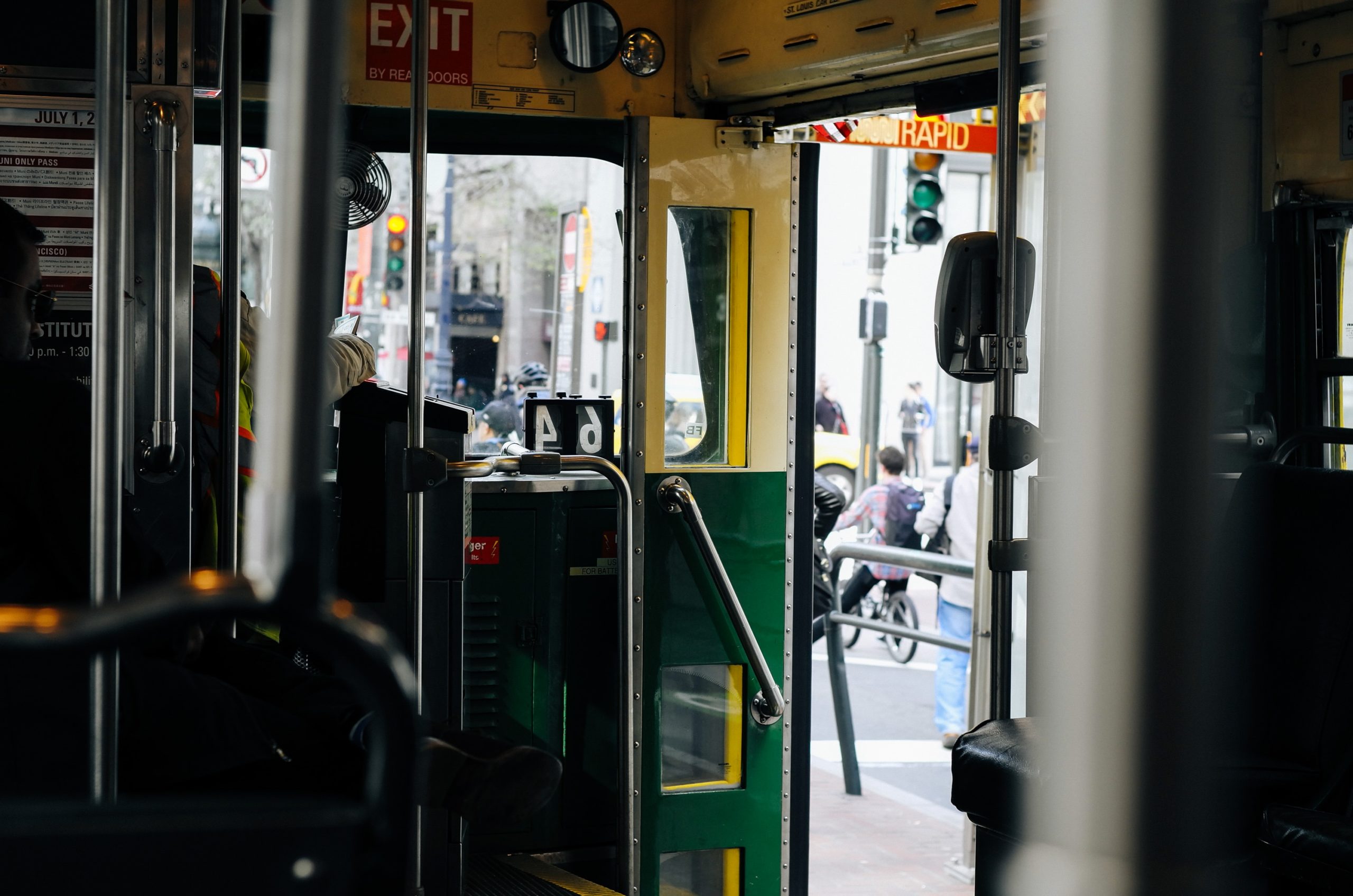
It’s officially September, which means a few things: soon there will be pumpkin spice-flavored everything; weekends will be filled with football; and the last remaining schools are now in session, providing agencies with an influx of students as public transit passengers.
Taking public transportation as a student and providing transit to students as an agency can present challenges. Of course, environment — rural or urban — can make the challenges even more unique. Still, the benefits of public transit often outweigh the negatives for both students and agencies.
The 7 Benefits of Students Taking Public Transit
STUDENTS CAN’T MISS THE BUS.
While taking a yellow school bus leaves little room for error for secondary school students, taking public transit means if you miss your first bus another can take you.
NO MORE RELYING ON OTHERS FOR RIDES.
Involved in lots of extracurricular activities? You don’t need mom, dad or college roommate to take you. As an added bonus, learning to take transit fosters a sense of independence in young adults. Don’t have a full schedule after school? Transit might change that. 60 percent of Minneapolis/St. Paul students said they engaged in extracurricular activities more than before thanks to the Go-To Student Pass.
IT MAY BOOST GPA AND DECREASE ABSENTEEISM.
By the end of Metro Transit in Minneapolis/St. Paul’s Student Pass pilot program, Pass users had a truancy rate 23% lower than non-Pass users and grade point averages 0.28 higher.
TIME TO FOCUS ON READING, NOT THE RADIO.
Taking transit during the school year not only saves parents time and money but it can provide students with time to get a head start on homework, read, study, or even decompress after a long day at school.
PUBLIC TRANSIT USERS ARE MORE FIT.
To be sure, taking the bus isn’t exercise but getting to the bus certainly is. Use of public transit encourages daily physical activity. In fact, public transit users take 30% more steps per day than those who rely on cars.
ACCLIMATES STUDENTS TO THE BENEFITS OF TRANSIT ITSELF.
For students in areas with an established public transit culture, the transition to taking the bus or train can be an easy one. In areas where public transit isn’t as common, “acquainting students, educators and their families with the value of [transit] translates into a better long-term understanding and appreciation for how public transportation links people, communities and opportunities.”
CREATES LIFELONG TRANSIT USERS.
One of the largest benefits presented by increased student use of public transit for agencies behavioral change as the habits we form in childhood often carry over into adulthood. If transit agencies can encourage taking the bus as a lifestyle choice in young adults there’s a chance that behavior will continue.
The 4 Challenges of Students Taking Public Transit
IS IT WORTH IT?
There are many factors that contribute to whether the cost of transit matches the value it provides but price is often a top consideration. In some instances, reducing the price of student fares can not only help spur transit use by students but for families too.
RURAL V. URBAN.
Providing transit coverage to students presents a unique challenge for rural transit agencies. While both urban and rural agencies grapple with tight budgets, rural agencies tend to feel them more having to provide coverage to larger geographical areas with smaller ridership.
IS IT SAFE?
Communicating the safety and reliability of public transit can be a significant challenge for transit agencies. In some areas, agencies have experienced objections to students riding public transportation because of crime. In others, educators have turned to public transit to protect students from the perils of walking to school alone.
JUST BECAUSE YOU BUILD IT DOESN’T MEAN THEY’LL COME.
In order to increase adoption of transit habits among younger riders, transit agencies must adequately market new initiatives, like student passes or new routes that travel closer to area schools. Just because it’s available doesn’t mean student passengers know it’s available.
Can you think of any additional challenges and benefits of students taking public transportation and agencies providing special transit options for students? Let us know on Twitter!